
Harmonic Feed EMC Testing under EN IEC 61000-3-2
When electrical and electronic equipment is connected to the network, EMC testing is conducted by measuring harmonic current. This test helps identify harmonic distortion on the equipment's power supply and controls it under certain standards and limits.
Harmonic currents are non-sinusoidal compounds that typically occur at high frequencies. The use of electronic devices, power electronics, critical power supplies, inverters, lighting, and other similar equipment can produce harmonic currents.
Harmonic current testing is a type of conducted emission test, typically performed according to IEC 61000-3-2 (Electromagnetic Compatibility – Part 3-2: Limits for Harmonic Current Emissions) or EN 61000-3-2 standards. The test determines which harmonic currents flow when equipment is connected to a specific power grid.
During testing, the equipment operates under a certain load, and harmonic current is measured. Measurements are taken during certain harmonic and current values based on the calculation of the total harmonic components. The results obtained are compared to determine whether a specific harmonic current limit is appropriate.
Harmonic current testing is essential for controlling harmonic distortion in the power grid, ensuring network compatibility with other equipment, and improving energy efficiency. These tests help identify the harmonic disturbances of the equipment and ensure the necessary corrective measures are safe and electromagnetically compatible.
Harmonics are deviations from the original sinusoidal waveform and are common at high frequencies. Like electronic devices and critical power supplies, nonlinear loads can also generate harmonics.
Harmonic sequences are measured through harmonic compounds, typically reaching a certain harmonic cycle during harmonic current testing. When harmonic sequences are divided by 50 Hz or 60 Hz, they represent the number of harmonics expressed numerically, such as the 3rd harmonic, where the fundamental frequency is one-third.
Harmonic Current Limits: EMC standards define harmonic current limits for specific harmonics. These limits control harmonic distortion to the power grid and allow network-related equipment to work collaboratively with other devices. Typically, reference is made to the harmonic current limits outlined in IEC 61000-3-2 and EN 61000-3-2.
Harmonic Measurements: Harmonic current testing measures the harmonic currents of equipment operating under a certain load. These measurements are carried out using special equipment such as harmonic current analyzers or power analyzers. The measurements are typically reported as RMS (Root Mean Square) values and are recorded according to harmonic time and current values.
Harmonic Correction: The limits defined in harmonic current testing can be improved through harmonic correction techniques. These include filtering systems, power factor correction, and optimizing variable frequency control loads.
It is essential to test harmonic currents, identify the levels of harmonic distortion in the power grid, and ensure certain limits are adequate. These tests aid in the design and correction processes to improve energy efficiency, increase power factor, and ensure compatibility with other equipment connected to the network.
Harmonic Flowchart Testing Process
The sample is placed on a wooden table at a height of 0.8 meters (for desktop devices only) and tested for the highest harmonic components under normal operating conditions. Classification is conducted according to Section 5 of the EN 61000-3-2 standard.
Harmonics, subharmonics, and vibrations integrated into the analog output and frequency analysis are measured with a digital power meter for up to 40 harmonic sequences. Size notation is performed under fixed conditions. The following categories of equipment are exempt from the limits outlined in this standard:
- Memory devices of 75W or less, excluding lighting equipment.
- Professional equipment with a total power exceeding 1 kW.
- Devices with a power equal to or less than 200W and symmetric thermal control.
- Devices with a power equal to or less than 1 kW without additional control bubbles.
JJR Laboratory in China provides EN IEC 61000-3-2 harmonic feed EMC testing submission, Saber certification, Saudi SFDA certification, GCC certification, IECEE certification, Saudi Water Calibration, Saudi Wireless CITC certification, Iran VOC certification, Pakistan PIS COC certification, Nigeria SONCAP certification, South Africa LOA COC certification, UAE ECAS certification, CE certification, Russian EAC certification, and other product certification testing services for global and cross-border e-commerce clients. Our services cover a wide range of industries, including machinery, electronics, toys, building materials, chemicals, food packaging, textiles, international trade, and more.
Email:hello@jjrlab.com
Write your message here and send it to us
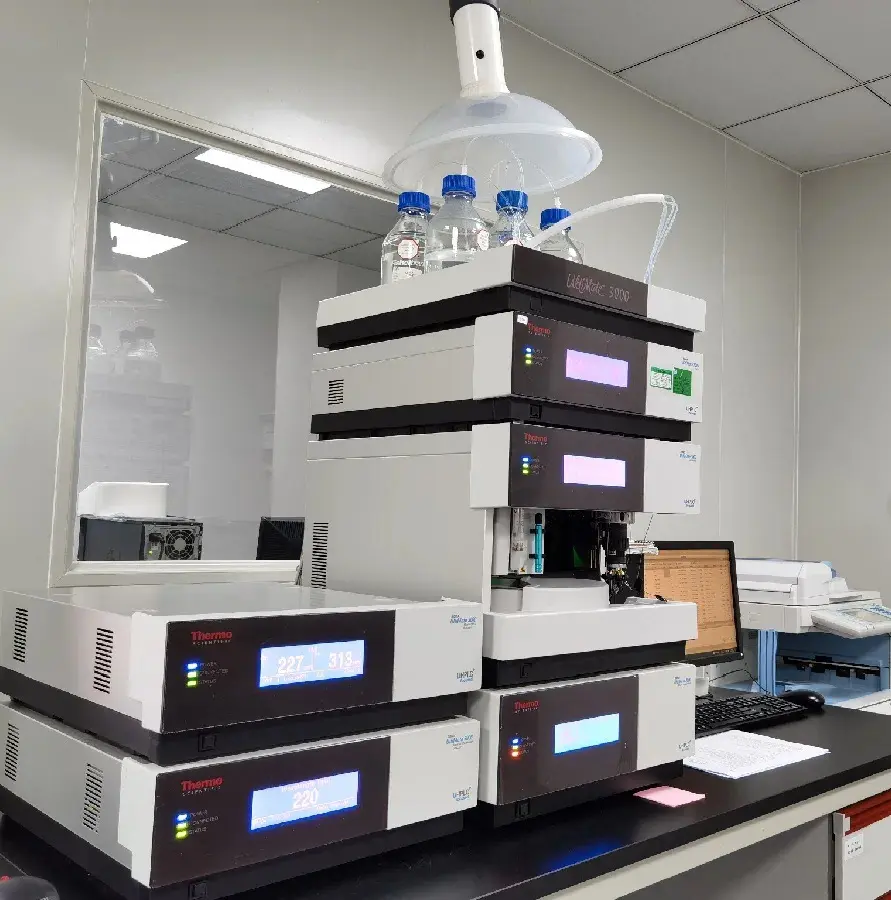 Packaging Validation ISO 11607 Test Report
Packaging Validation ISO 11607 Test Report
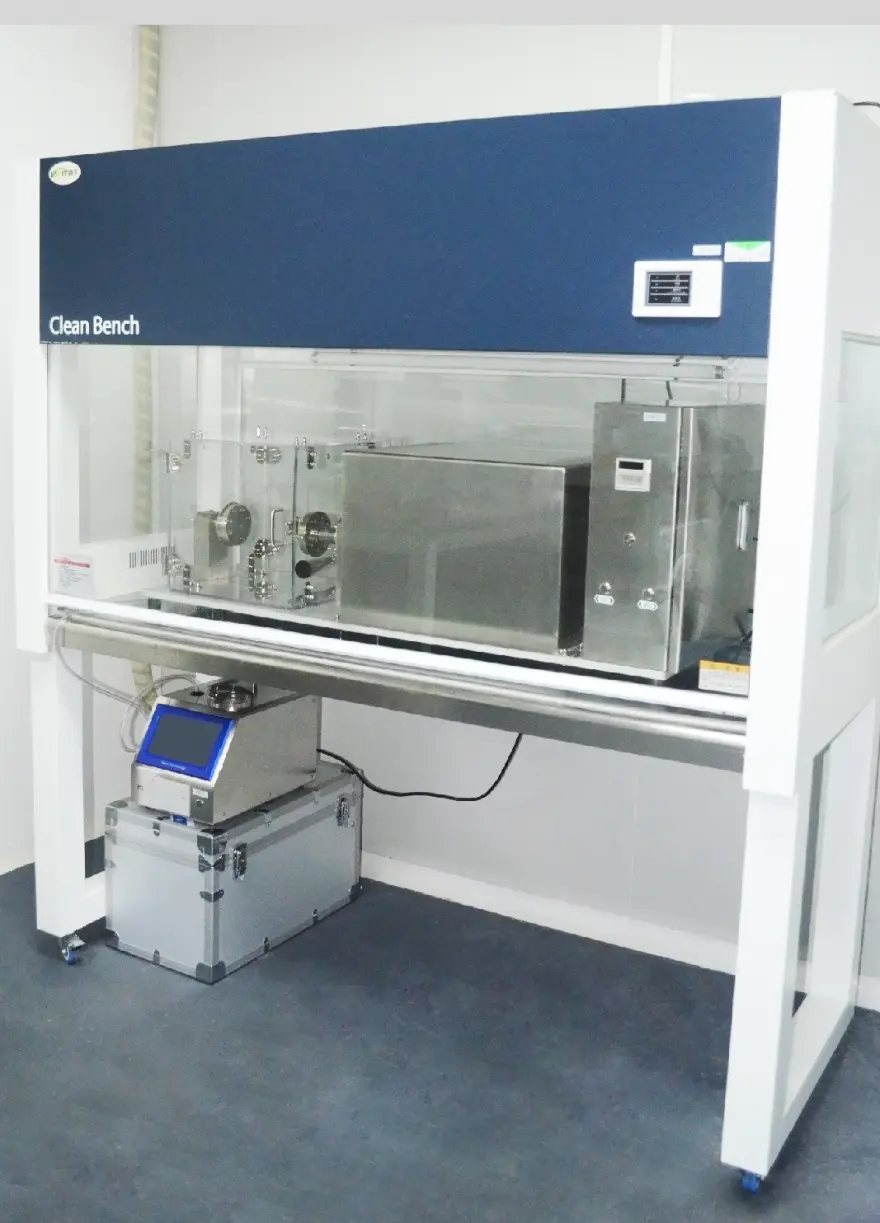 What is the ISO 11607-1 Packaging Validation Test?
What is the ISO 11607-1 Packaging Validation Test?
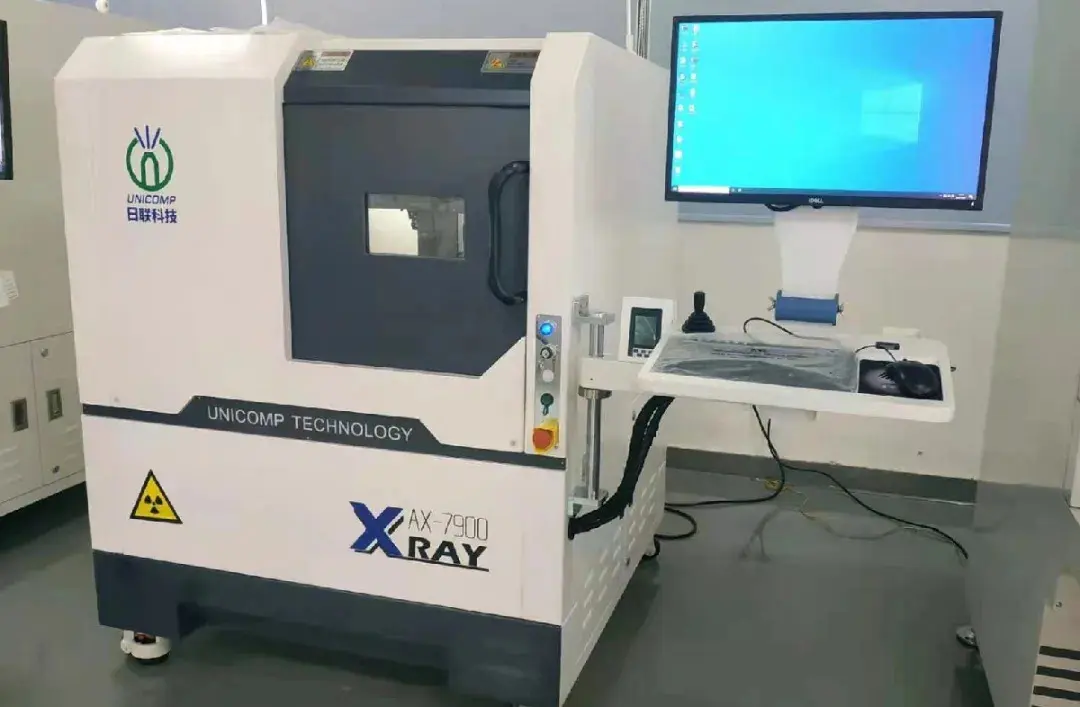 How to get an ISO 11737-1 Test Report?
How to get an ISO 11737-1 Test Report?
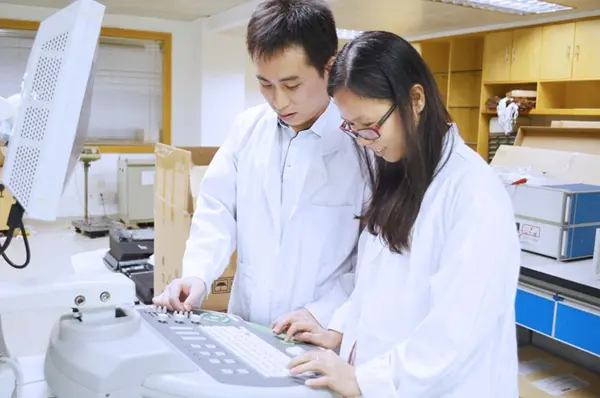 Orthopedic Implant Cleanliness Testing
Orthopedic Implant Cleanliness Testing
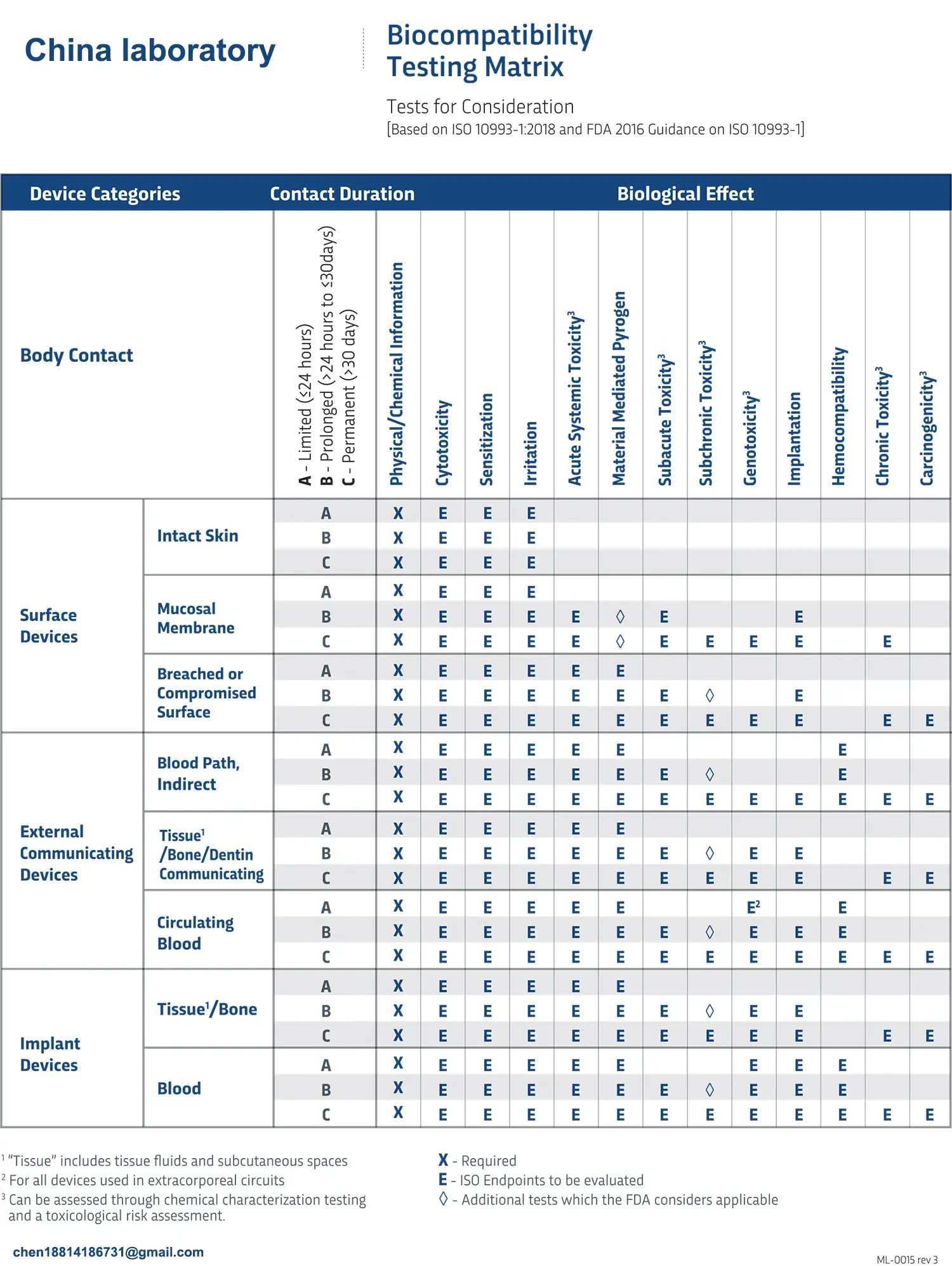 What is ISO 10993-23:2021 Irritation Testing?
What is ISO 10993-23:2021 Irritation Testing?
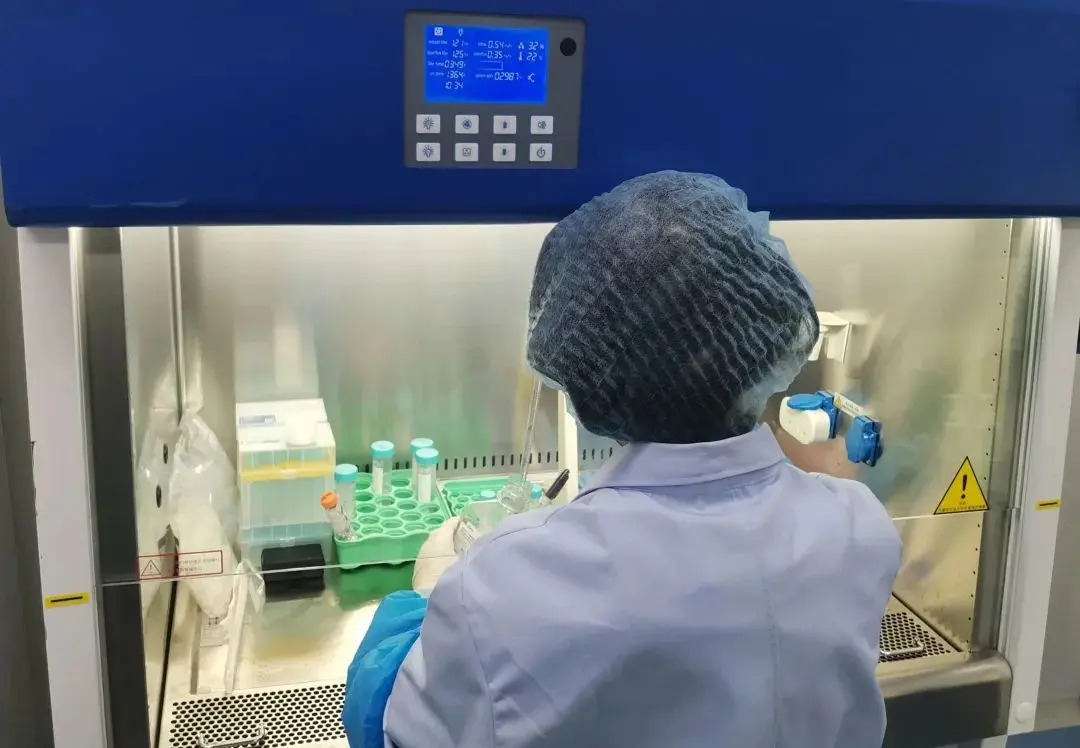 ISO 10993-23 Irritation Testing Laboratory
ISO 10993-23 Irritation Testing Laboratory
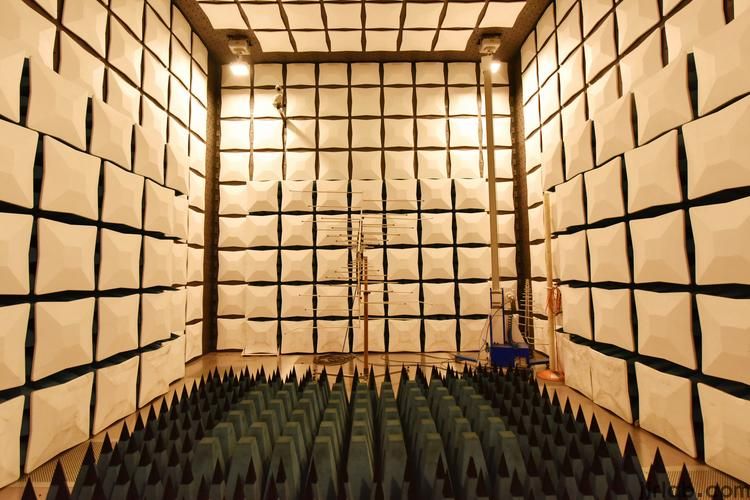 EMI Emissions Testing
EMI Emissions Testing
 EMC Standards for Medical Devices
EMC Standards for Medical Devices
Leave us a message
24-hour online customer service at any time to respond, so that you worry!




